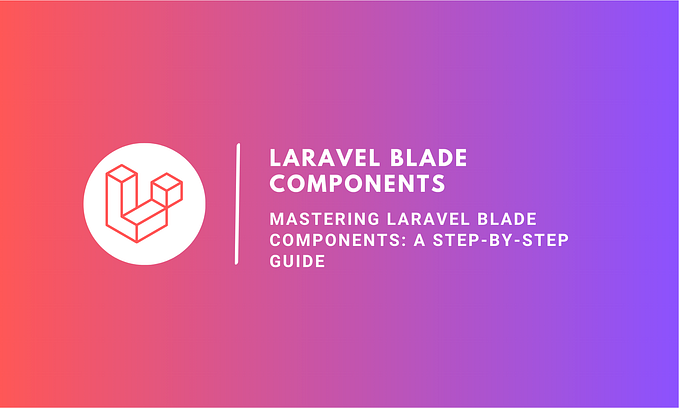Member-only story
Mastering Laravel Scope — A Comprehensive Guide with Code Examples

Introduction:
Laravel Scope is a powerful feature within Laravel’s Eloquent ORM that allows developers to define reusable query constraints. By leveraging Laravel Scopes, you can create cleaner, more efficient code and optimize database queries. In this comprehensive guide, we will explore various aspects of Laravel Scopes and demonstrate how to implement them effectively in your web applications.
1. Implementing Local Scopes in Laravel Eloquent
Local scopes allow you to encapsulate common query logic directly within your Laravel Eloquent models. By creating local scopes, you can easily apply specific constraints to your database queries, making your code more readable and maintainable.
Example:
Scope by Status: Implement a local scope to retrieve only active users from the database.
// User.php (Eloquent Model)
public function scopeActive($query)
{
return $query->where('status', 'active');
}
// Usage:
$activeUsers = User::active()->get();Scope by Category: Create a scope to fetch products belonging to a specific category.
// Product.php (Eloquent Model)
public function scopeByCategory($query, $categoryId)
{
return $query->where('category_id', $categoryId);
}
// Usage:
$categoryProducts = Product::byCategory(1)->get();Scope with Parameters: Develop a scope to filter results based on user-defined criteria like date ranges.
// Post.php (Eloquent Model)
public function scopePublishedBetween($query, $startDate, $endDate)
{
return $query->whereBetween('published_at', [$startDate, $endDate]);
}
// Usage:
$postsBetweenDates = Post::publishedBetween('2023-01-01', '2023-07-31')->get();2. Working with Global Scopes in Laravel
Global scopes are automatically applied to all queries on a specific Eloquent model. They are excellent tools for defining universal restrictions and ensuring consistency throughout your application.









